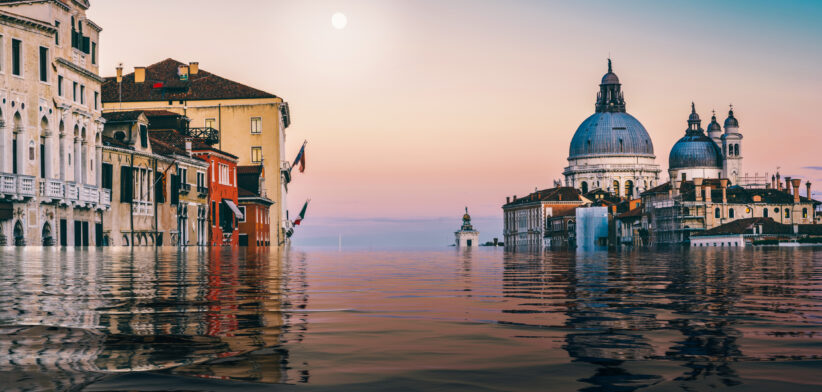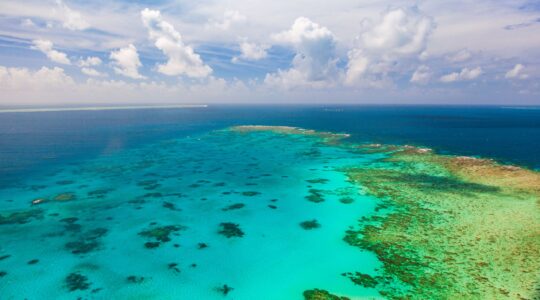Scientists have discovered warm water currents running deep inside Antarctica’s so-called “doomsday glacier” raising fears that sea level rises may be greater than previously thought.
Glaciologists, led by the University of California – Irvine, used satellite data to plot evidence of the currents several kilometres beneath the Thwaites Glacier.
The study, published in the latest Proceedings of the National Academy of Sciences, said this process causes “vigorous melting” and might require global sea level rise projections to be reassessed
The data was gathered from March to June 2023 by Finland’s ICEYE commercial satellite mission.
Study co-author Professor Christine Dow, from the University of Waterloo in Ontario, said the location of the warm currents was particularly concerning.
“Thwaites is the most unstable place in the Antarctic and contains the equivalent of 60cm of sea level rise,” she said.
“The worry is that we are underestimating the speed that the glacier is changing, which would be devastating for coastal communities around the world.”
Lead author Professor Eric Rignot said the ICEYE data provided a long-term series of daily observations that closely followed tidal cycles.
“In the past, we had some sporadically available data and with just those few observations it was hard to figure out what was happening,” he said in the study report.
“When we have a continuous time series and compare that with the tidal cycle, we see the seawater coming in at high tide and receding and sometimes going farther up underneath the glacier and getting trapped.”
Professor Rignot said that seawater coming in at the base of the ice sheet, combined with freshwater generated by geothermal flux and friction, built up and “has to flow somewhere”.
“There are places where the water is almost at the pressure of the overlying ice, so just a little more pressure is needed to push up the ice,” he said.
“The water is then squeezed enough to jack up a column of more than half a mile of ice.”








